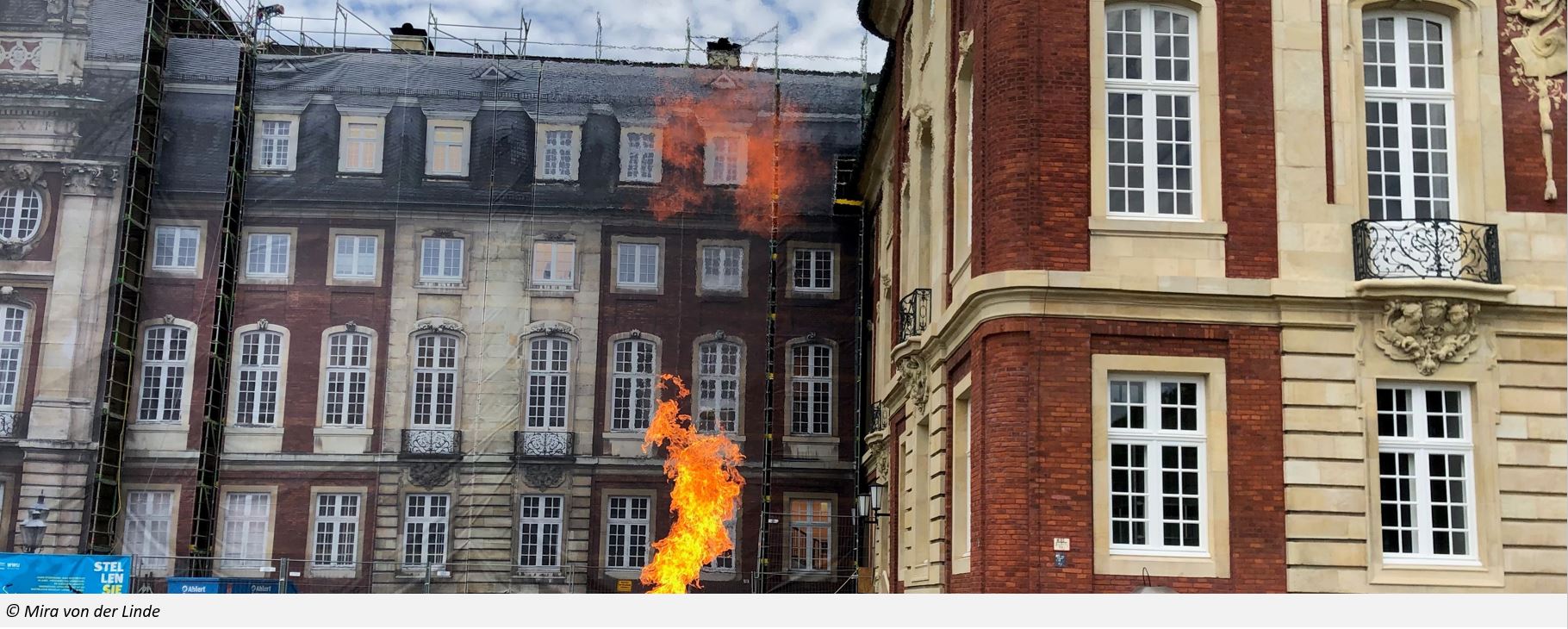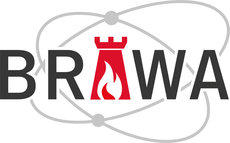BRAWA: Preserving Cultural Goods Through Helper Motivation and Early Fire Detection
Major fires like the one in Notre-Dame de Paris in April 2019 affect the cultural memory of an entire nation. Unfortunately, historic buildings such as castles and palaces, churches and monasteries or half-timbered houses and museums are regularly affected by fire events. The damage is usually not only enormous in monetary terms, but irretrievable cultural goods are also lost.
Many of these fire incidents are caused by slowly spreading smoldering fires that are difficult to detect. The BRAWA project is developing new strategies and innovative technologies to increase the fire safety of historic buildings. The concept is based on the networking of sensors that trigger an alarm when certain gases occur in the earliest stages of fire development. A new type of alarm system in combination with an innovative helper concept is intended to enable early fire detection and protection.
BRAWA is a research association of seven project partners from industry and research as well as four associated partners. The project is funded by the German Federal Ministry of Education and Research.
The goal of BRAWA is to protect cultural assets and prevent fires in historic buildings at the early stages of fire development.
This is achieved by:
1) an innovative sensor network,
2) the connection of the sensor network with an alarm system and
3) the optimal alerting and motivation of helpers in case of fire.
Endetailed Project Description
Motivation
Fires repeatedly destroy important cultural assets and endanger national cultural heritage, as the examples of the Herzogin-Anna-Amalia Library in Weimar or the Notre-Dame Cathedral in Paris show. Many of these events are caused by slowly spreading smoldering fires. These remain undetected for a long time. When they then turn into a recognizable blaze, they are often almost impossible to control. Early detection of such fires is further complicated by the complex structural design of historic buildings.
Goals and procedure
The BRAWA project is developing new strategies and innovative technologies to increase the fire safety of historic buildings. The concept is based on the networking of sensors that do not only respond to the development of smoke, but also trigger an alarm when certain gases occur in the earliest stages of fire development. The complex construction methods and construction materials of historical buildings are also taken into account. Based on the sensor data, a fire probability is to be determined, on the basis of which persons on site can be alerted. They can then check the situation and initiate further measures. Automated indoor drones equipped with sensors can support the assessment of the situation in the event of an incident.
Innovations and prospects
The results will be incorporated into new types of fire protection concepts and recommendations for action for historic buildings. In addition, people who work in such buildings will be motivated to become involved in fire protection as volunteers. The results of the project will not only help to better protect cultural assets, but may also help to improve fire protection in other areas, such as office buildings or in the domestic environment.
Source note: The content of this page is (in parts) adapted from the website for security research (www.sifo.de) of the German Federal Ministry of Education and Research.









